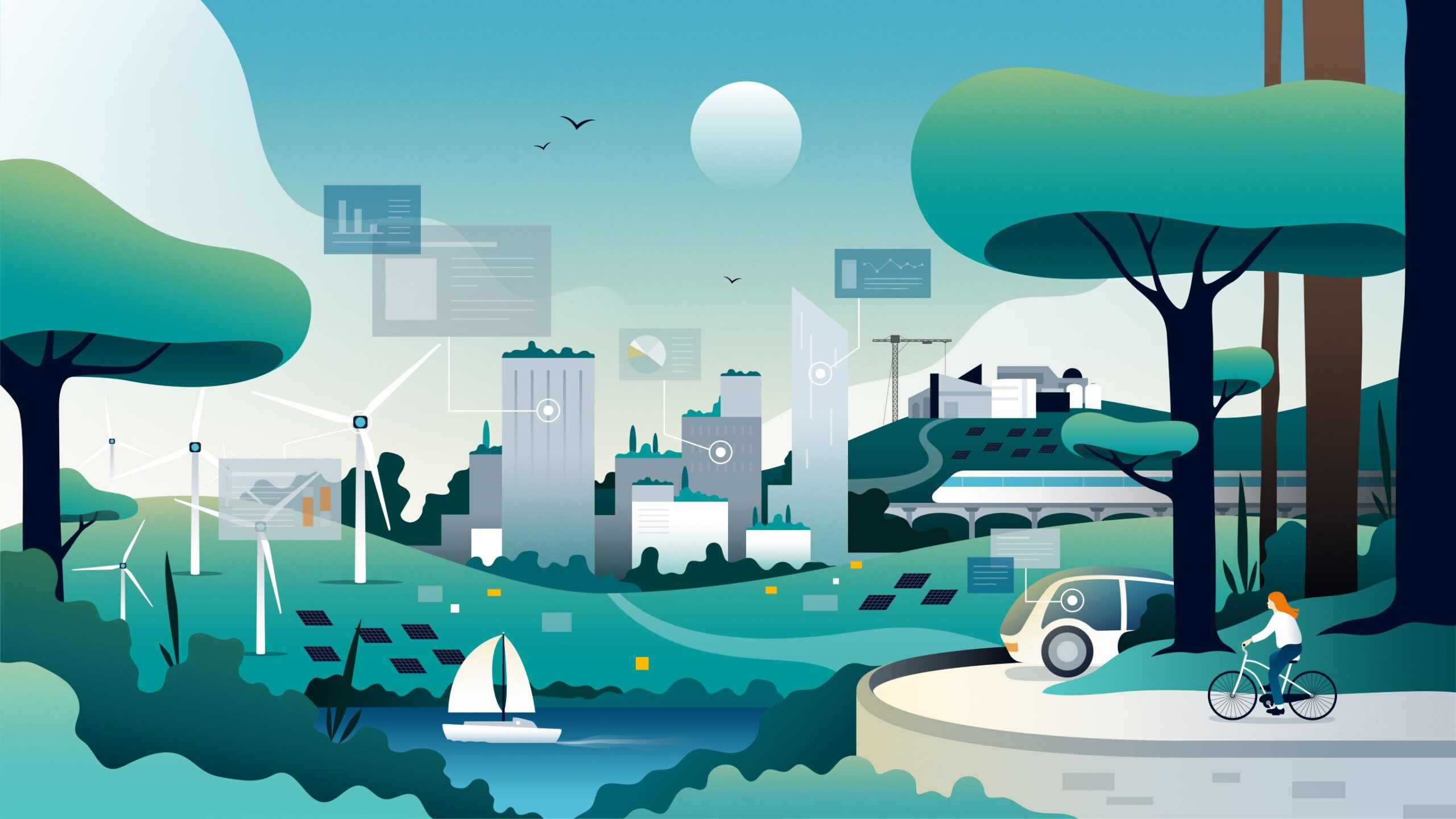The (carbon) cost of a mile

The world is a big place, nearly 25,000 miles around to put a number on it. For thousands of years this distance was seen as an insurmountable barrier traversed only by the bravest of seafarers willing to spend months or years on the pursuit. Of course, in the modern age circumnavigating the globe can be done by anyone for a few thousand dollars of air fare and a couple days travel. With the rapid growth of transportation technology during and following the industrial revolution, the world has never been a more connected place. People and goods from every corner of the globe are free to mix and mingle to a degree that even 500 years ago would have been impossible. However, this level of speed and convenience in transportation comes at a price. While an oxcart or clipper ship might have a negligible environmental impact, the same cannot be said for a car or a container ship. The fossil fuel powered vehicles that serve as the backbone for the modern economy are inherently unsustainable, each putting out vast quantities of harmful greenhouse gasses (GHGs). With that in mind, companies are seeking a way to move to sustainable electric vehicles in a process called electrification and transition the worlds transportation network off of harmful fossil fuels. This task is proving challenging however, especially at scale.
One of the greatest challenges faced in electrifying transportation is energy. The most common energy source – gasoline – is extremely energy dense at 46MJ/Kg, however even the densest electric batteries are just barely reaching 1MJ/kg – only 2.1% the density of gasoline. This low density presents challenges across the board in electrifying the transportation industry, from consumer cars all the way to freight shipping. As seen with the rise of consumer EVs, low energy density is not an insurmountable issue and the electrification of passenger cars does represent a sizable reduction in global CO2 emissions. Data gathered by the IEA for a 2018 report showed that transportation accounts for 24% of global CO2 emissions, or 8 billion tons per year, with passenger vehicles making up 45.1% of that number. If all cars, motorcycles, buses, and taxies make the move to electric this would drop global emissions by up to 10.8% annually.
Even though passenger vehicle emissions account for nearly half of all transport-related CO2 emissions, it is the other 55% that represents the biggest hurdle in decarbonizing the global transportation system. For large airplanes, trains, ships, and road freight, the low energy density of current batteries presents a nearly insurmountable hurdle. Current lithium-ion battery technology not only has low energy density, but low volumetric energy density. For example, an electric long-haul truck would need to sacrifice up to 75% of its cargo capacity for comparable range to a diesel powered one. For these classes of vehicles, the path to electrification will likely need to include a radical shift in battery technology, as it is unlikely that lithium-ion and similar battery technologies will be able to improve by the factor of 50 or more required to match the energy density of petroleum fuels. Until then, alternative fuels such as clean burning green-hydrogen may serve as a suitable stop-gap measure.
The move to electric transportation is not something that can happen in a vacuum, rather it must go hand-in-hand with the adoption of a sustainable power grid. While a gas turbine or coal plant might be more efficient at extracting energy from fossil fuels then a small internal combustion engine, these sources still produce massive quantities of GHGs. If more unsustainable power plants are built to meet the increased electrical demand of new EVs then there would be little to no benefit in the quest for global decarbonization.
Cutting global transportations reliance on unsustainable fossil fuels is a key step in global decarbonization, but at the same time it faces some of the greatest obstacles. Just as the great pioneers of the age of discovery set out to overcome the seemingly insurmountable obstacle of the ocean to discovery new lands, modern day pioneers are working to develop the next generation of technology that will usher in a brighter, more sustainable future. To read more about the challenges of sustainable transportation, and what’s being done to overcome them, check out this blog on transportation.
Siemens Digital Industries Software is driving transformation to enable a digital enterprise where engineering, manufacturing and electronics design meet tomorrow. Xcelerator, the comprehensive and integrated portfolio of software and services from Siemens Digital Industries Software, helps companies of all sizes create and leverage a comprehensive digital twin that provides organizations with new insights, opportunities and levels of automation to drive innovation.
For more information on Siemens Digital Industries Software products and services, visit siemens.com/software or follow us on LinkedIn, Twitter, Facebook and Instagram.
Siemens Digital Industries Software – Where today meets tomorrow.


